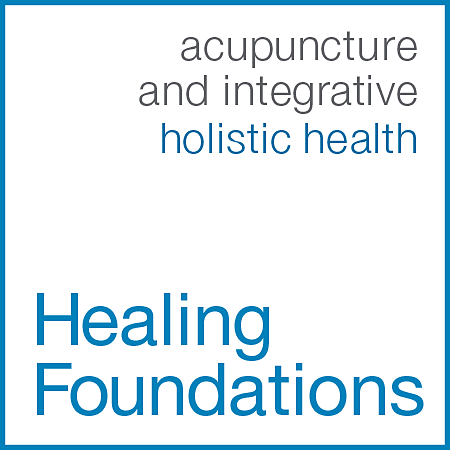Connecting people with their own inherent virtue is a powerful thing.
Reiki ('ray-key') is a complementary health approach in which practitioners place their hands lightly on, or just above a person, with the goal of facilitating that person’s own healing response through relaxation.
Reiki is administered for a variety of conditions; including pain, anxiety, fatigue, and depression. Hospitals all over the country, including Lurie Children’s Hospital in Chicago and the Mayo Clinic, are employing Reiki as a complement to Western Medicine. Reiki's underlying concept of vibrational healing, based in the Eastern idea that movement of energy supports the body’s innate, natural healing abilities, is theoretically consistent with the subtle forces observed in quantum physics and bioelectromagnetism.
Everything is made of energy. People and things.
Atoms never stop moving; even in objects we percieve as being ‘solid.’ Telephone signals (energy) are sent twenty-two thousand miles into space, and back—through atmosphere and steel and brick—to the four-inch wide receiver in your hand. While magical, it isn’t magic. Accepting these facts can go a long way in comprehending Reiki energy: only because it can’t be seen, does not mean it can’t be sent, received, and helpful. Just like the telephone in your hand, a Reiki practitioner tunes into a specific frequency of healing energy and focuses it for a recipient to use.
“In every culture and in every medical tradition before ours, healing was accomplished by moving energy.”
Albert Szent-Györgyi, Nobel Laureate in Medicine
Reiki encourages the production of good hormone levels.
It’s widely known and accepted that exercise and meditation are good methods for physical and emotional self-care. These activities reduce levels of the stress-causing hormone cortisol, and encourage an increase in oxytocin, known as the “hug hormone”—just like Reiki does—with no learning curve and no need for special clothing, equipment, or predisposed physical readiness. All that's needed to receive Reiki is an open mind and willingness to benefit from it.
Reiki is for everybody.
Reiki is 100% non-denominational, and has no cultural, racial or economic boundaries. The number of medical and mental health providers in all areas of practice are beginning to tap into the power of energy healing is growing. The U.S. National Institutes of Health, Veterans Administration, and hospitals around the world are all researching Reiki and integrating the practice into traditional treatment protocols. Reiki is non-invasive, non-chemical, and has no negative side effects.
You need and deserve to tap into your own healing abilities.
Reiki energy is only delivered by the channel; the person administering the Reiki session. It’s the recipient who consciously or unconsciously determines how they use the energy they receive. The Reiki experience can be incredibly subtle, or in some cases even life-changing—depending entirely on the needs of the beneficiary. Connecting and enabling people with their own inherent virtue is a powerful thing.

